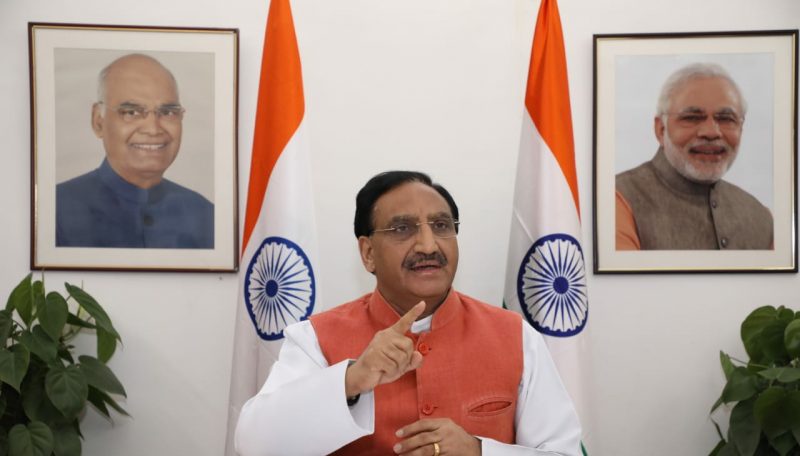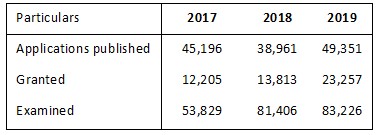
India’s ‘KAPILA’ Kalam Program for Intellectual Property Literacy and Awareness campaign was virtually launched on the 89th birth anniversary of former President and Scientist, Late Dr. APJ Abdul Kalam and marked as the ‘National Innovation Day’.
Speaking on the occasion, Union Education Minister Shri Ramesh Pokhriyal said that it is necessary to invent for the self-sufficiency of the country but it is as important to patent these inventions. Patenting of inventions will help India towards self-reliance and India needs to take a giant leap in the field of patents.
For India to become a $5 trillion economy, it is critical to have more awareness of protecting intellectual property. Research students and scientists of India engaged in research and development must apply to preserve and safeguard their inventions, he added.
Under this campaign, students pursuing education in higher educational institutions will get information about the correct system of application to patent inventions and will be made aware of their rights.
Controller General of Patents, Design and Trademarks Sh. O P Gupta said, “The country can benefit from its inventions only if the country’s researchers and inventors are aware of the proper system of patenting. This campaign will create awareness among students for filing applications for patents.”
Colleges and institutions need to encourage students to file patents. With ample talent in the country, the nation needs to move towards patents. He appealed to the youth to go full steam ahead with their inventions.
The Institution Innovation Council (IIC 2.0) annual report was also presented on the occasion and the launch of IIC 3.0 was announced. It has also been decided to celebrate the week of October 15th to 23rd as ‘Intellectual Property Literacy Week’. The IIC 3.0 website was also launched.
The Institution Innovation Council was established by the Ministry of Education in 2018 and IICs have been established in about 1700 higher educational institutions. The aim is to established IICs in 5000 higher educational institutions under IIC 3.0.
India has been aggressively pursuing excellence in the area of IP and trademark. Recognition of international standards of copyright protection and incentives for intellectual property have helped India jump eight places in 2019 to 36th position on the International Intellectual Property (IP) Index, the highest gain for any country this year.
The index, which analyses the IP climate in 50 global economies, is brought out by the US Chamber of Commerce’s Global Innovation Policy Center (GIPC). “The improvement reflects important reforms implemented by Indian policy.
None the less, there remain some areas that India needs to address. Among the current limitations, the index has cited barriers to licensing and technology transfer, including strict registration norms, a limited framework for the protection of biopharmaceutical IP rights, patentability rules outside international standards, lengthy pre-grant opposition proceedings and previously used compulsory licensing for commercial and non-emergency situations as key hurdles.
A recap of the patent statistics from 2019 and comparison with statistics from 2017 and 2018 show a remarkable upward trend.
A total of 83,226 patent applications were examined in 2019 surpassing the total of 81,406 patent applications examined in 2018. The total number of grants in 2019 also shot up by as much as 68% in comparison to the total number of grants in 2018. Interestingly, the registration of copyright for Computer Software went from 602 in 2017 to 2,172 the following year and hit 1,679 in 2019.
The patent office on an average examined and issued 228 first examination reports (FERs) per day and the pendency of patent applications have most certainly reduced.

Image credits: indiaeducationdiary.in
















